The “tiny home” movement has swept North America as many people begin embracing a simpler way of life. They’re moving to homes that count their square footage in the hundreds rather than the thousands. They realize that happiness can be achieved with far less than they might have originally thought.
But tiny homes are nothing new. People have lived in tiny homes for much of human history — and millions around the world still live in homes that we would consider “tiny” by North American standards.
Here are a few remarkable photos of “tiny homes” around the world.
Burkina Faso
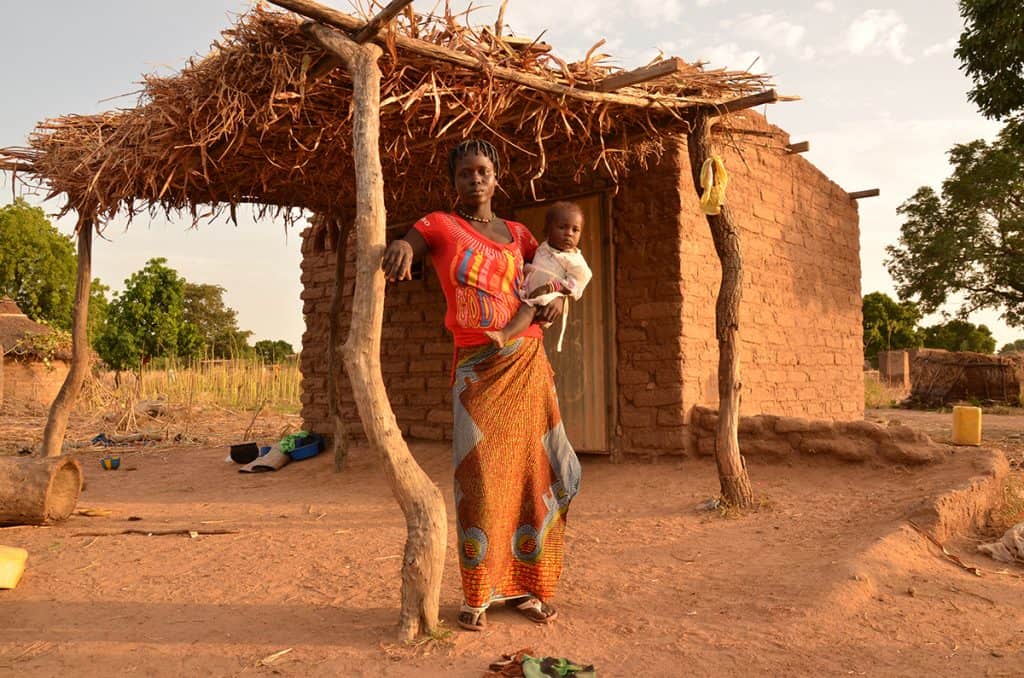
Helene, 20, stands outside her small home made from mud bricks in the countryside of Burkina Faso. This country in West Africa often has high temperatures in the upper 90s, so the family stays out of the hot home during the day, spending time in the shade of the thatched entrance.
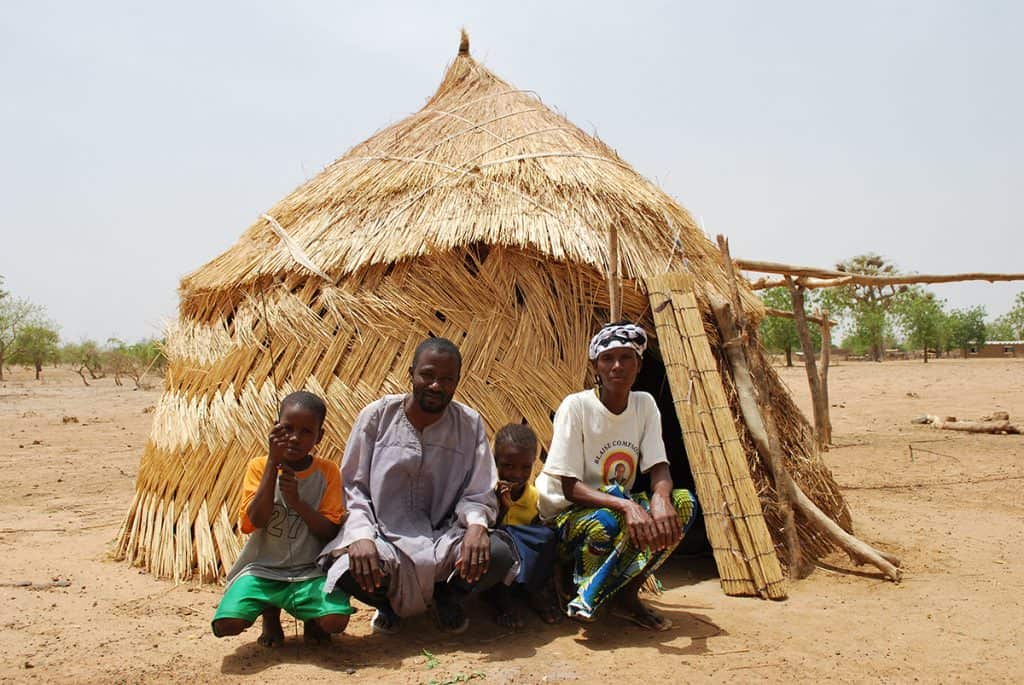
Other homes in Burkina Faso are made of woven reeds like this family’s.
Indonesia
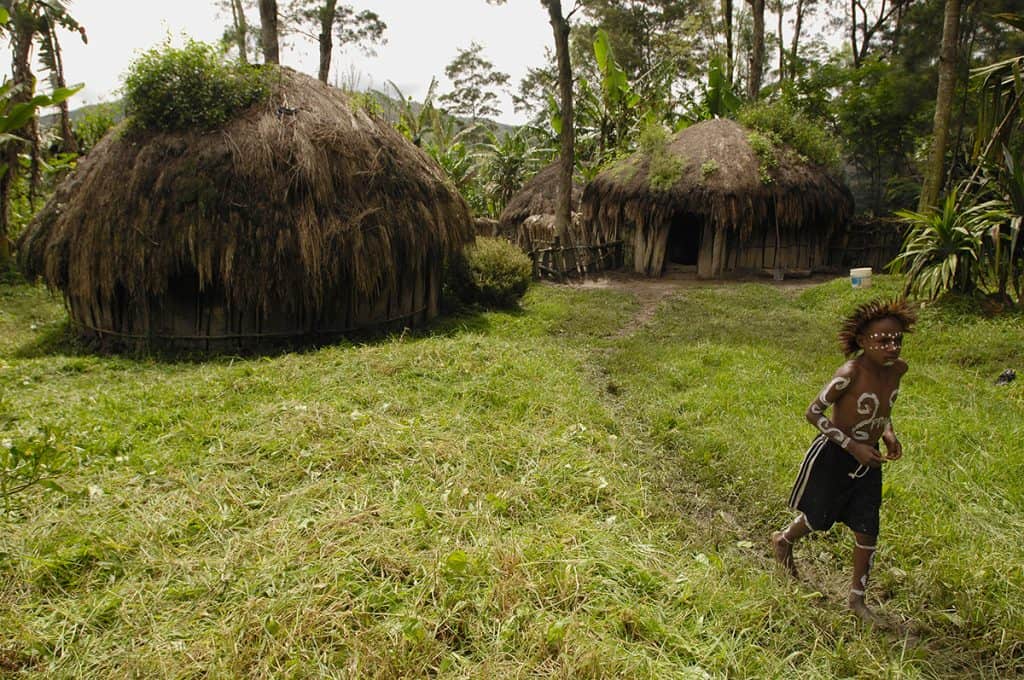
In Papua, Indonesia, some families live in the traditional homes called “honai” made from wooden slats and thatched roofs. Traditionally, fires are built in the center of the round homes.
Uganda
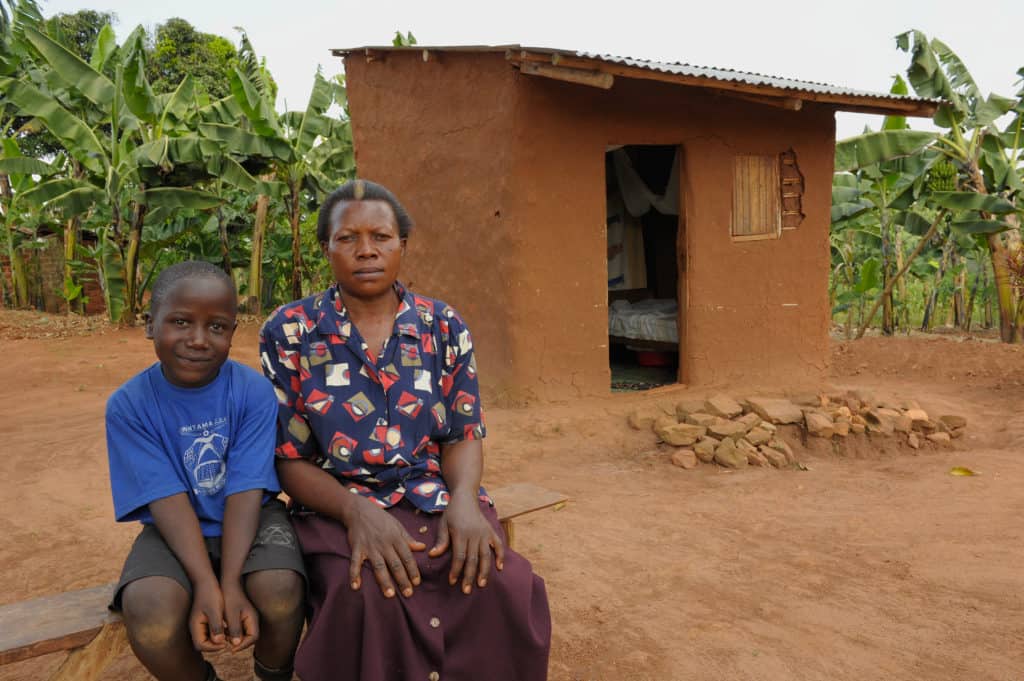
Ivan, a 7-year-old in Compassion’s program, lives in this small mud home with the aunt who adopted him.
The Philippines
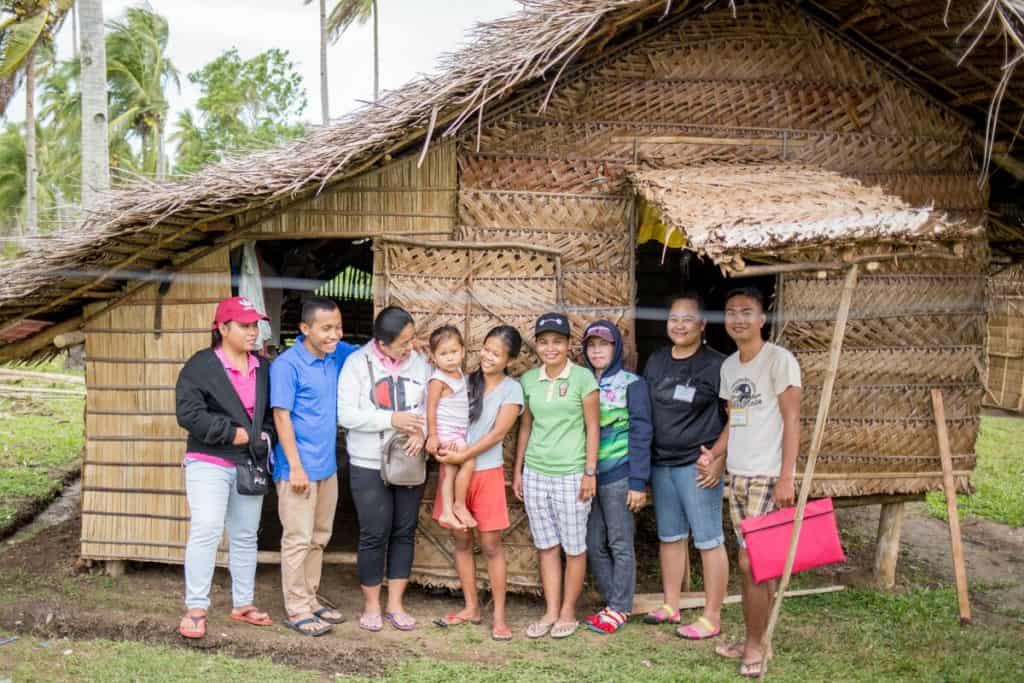
A mother and daughter live in this straw home in the Philippines. Church workers recently visited them to register little Kylane in Compassion’s program.
Nicaragua
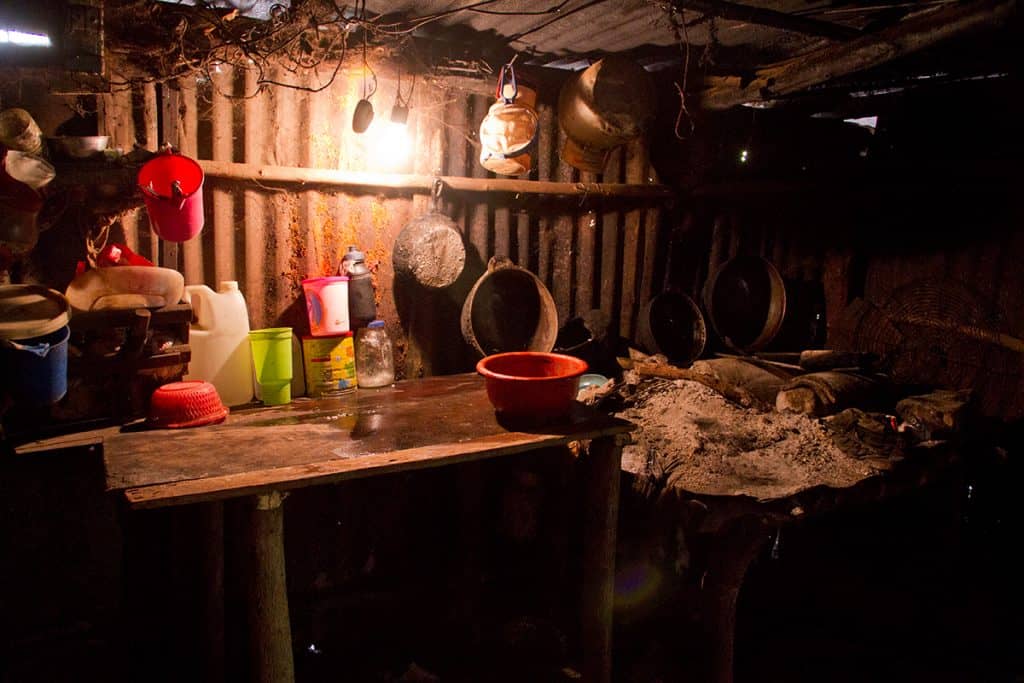
This kitchen in a tiny home is typical for many families living in poverty in Nicaragua.
Kenya
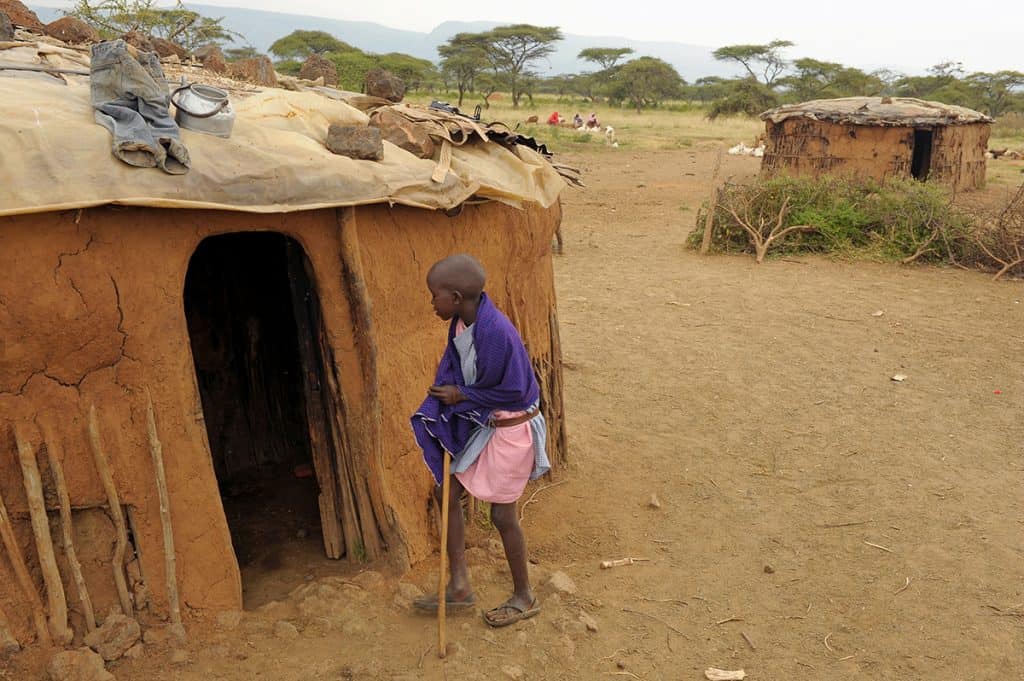
Members of the Maasai tribe in Kenya live in manyatta, a grouping of small homes made from mud, cow dung and sticks. The homes are grouped together in a compound to help protect them from wild animals.
Peru
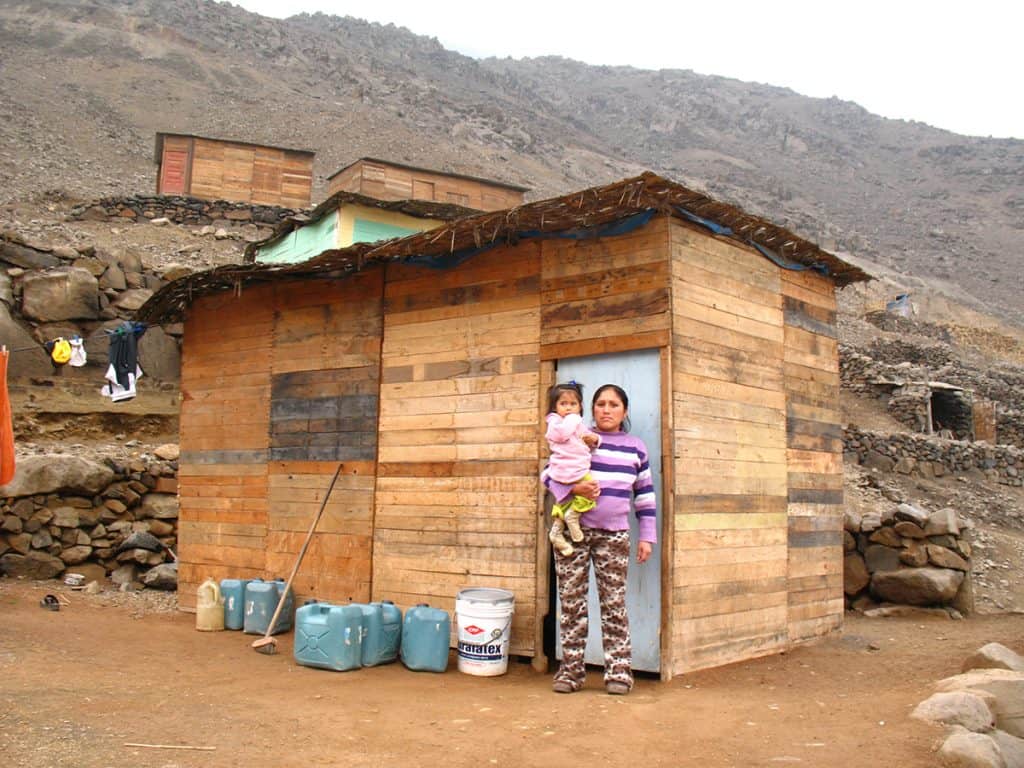
In the highlands of Peru, where temperatures can dip below freezing, families’ tiny homes can’t always keep out the cold winds.
Tanzania
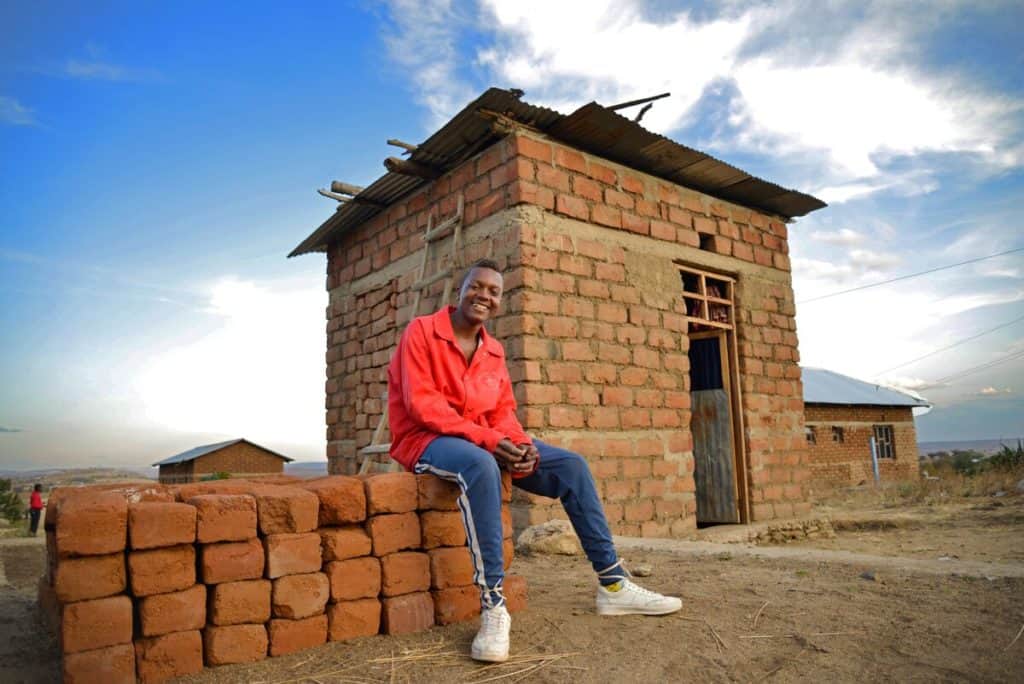
Lukas built this brick home using skills gained in vocational training at the church where he was sponsored in Compassion’s program.
The Dominican Republic
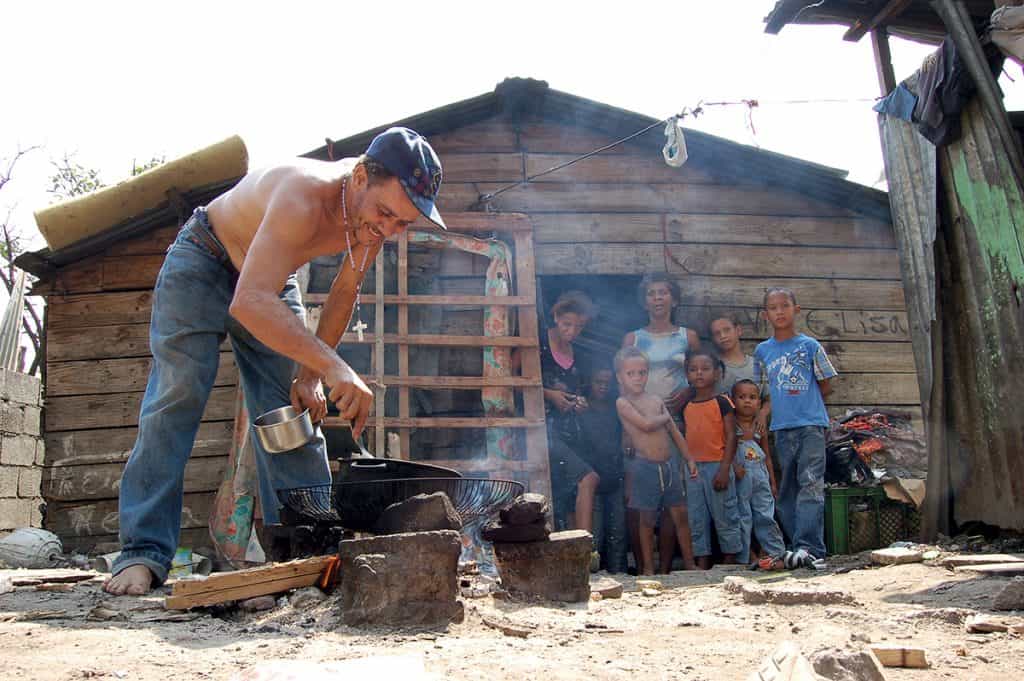
A father cooks a meal for his family in their front yard. Many homes in impoverished communities lack an indoor kitchen, so families cook outside over fires.
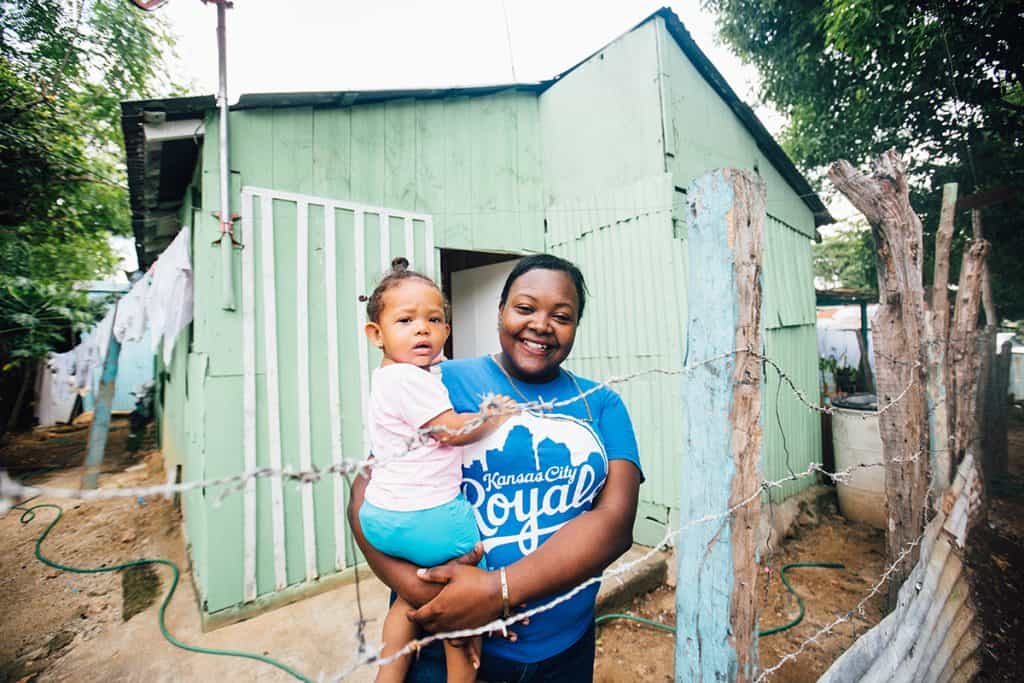
Homes in the Dominican Republic are commonly painted in cheery colors. Many Dominicans still live in “bateys,” abandoned sugarcane factories where companies built small homes for the factory workers, which lacked most services.
But There Are Big Drawbacks to These Tiny Homes …
These photos of tiny homes show that people don’t need big spaces to live happy and fulfilled lives. But while the tiny homes of North America often have all the amenities, there are a few things lacking within the tiny homes where many children in poverty live around the world.
Roofs:
Some rural communities around the world use thatching for roofs. Although they look quaint, thatched roofs can house insects such as fleas, which can negatively impact the health of the people living in the house. Thatched roofs also can leak in heavy rains and need to be repaired or replaced often. Other families in poverty rely on metal sheeting for roofs. These are an improvement to thatched roofs, but as these age, they can also leak and are drafty in cold weather.
Flooring:
Many homes around the world have dirt floors rather than improved flooring such as concrete or wood. When it rains, the floors can become muddy and attract insects. Diarrhea and respiratory and parasitic diseases spread more easily in homes with dirt floors.
Electricity:
Many homes of those living in extreme poverty lack electricity. Beyond the practical inconveniences, this seriously affects health as well. Often families will have indoor fires and kerosene lanterns, which contribute to indoor air pollution and can cause acute respiratory infections — one of the leading killers of children in poverty.
Water and sanitation:
Often the homes of those in extreme poverty lack sanitary toilets, garbage collection and access to safe water. This deadly combination causes the deaths of 1,000 children under age 5 each day.
Security:
Some families in poverty may use a bedsheet or other material in place of a door. Those who have a door may not have one that locks securely. These families lack a sense of security that they can keep their loved ones safe at night. Moreover, these homes are also easily destroyed. Countless homes of people in extreme poverty are destroyed or damaged every year by storms, mudslides or flooding.
Do you want to help a family in poverty rebuild a home that is safe, healthy and secure after a disaster?
This newly updated article originally published in March 2018 and first appeared on the Compassion Canada Blog.

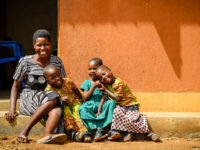


6 Comments |Add a comment
Great article! Would love to see an update for last summer’s fund drive to build homes for the seven desperately needy families in Uganda. We contributed and have been waiting for the update.
Hi Terri,
Check out this awesome update that Compassion Australia gave! Here is a link to their Instagram post! 🙂 https://www.instagram.com/p/B0ffXgDJcLD/
Hi Terri! Thank you so much for your generous support of this project! We were able to raise all the funds needed for these families! Please rest assured that we are working on providing an update soon. God bless you!
I can’t help but look at this and see so many that live here in the U.S. A lack of an indoor toilet is hidden in shame. A lack of running water that is safe to drink is covered over with bottled water. People manage better here it’s true, but it still hits home. I myself have a metal roof and about 50% of my neighbors do too.
It would be great to have more pictures of sponsored kids housing. Description of their house does not always work and the internet many times does not help. I vote for more pictures of kids housing!!
Hi Paula! It truly is amazing to see the homes of the precious kiddos. Thank you for your feedback!